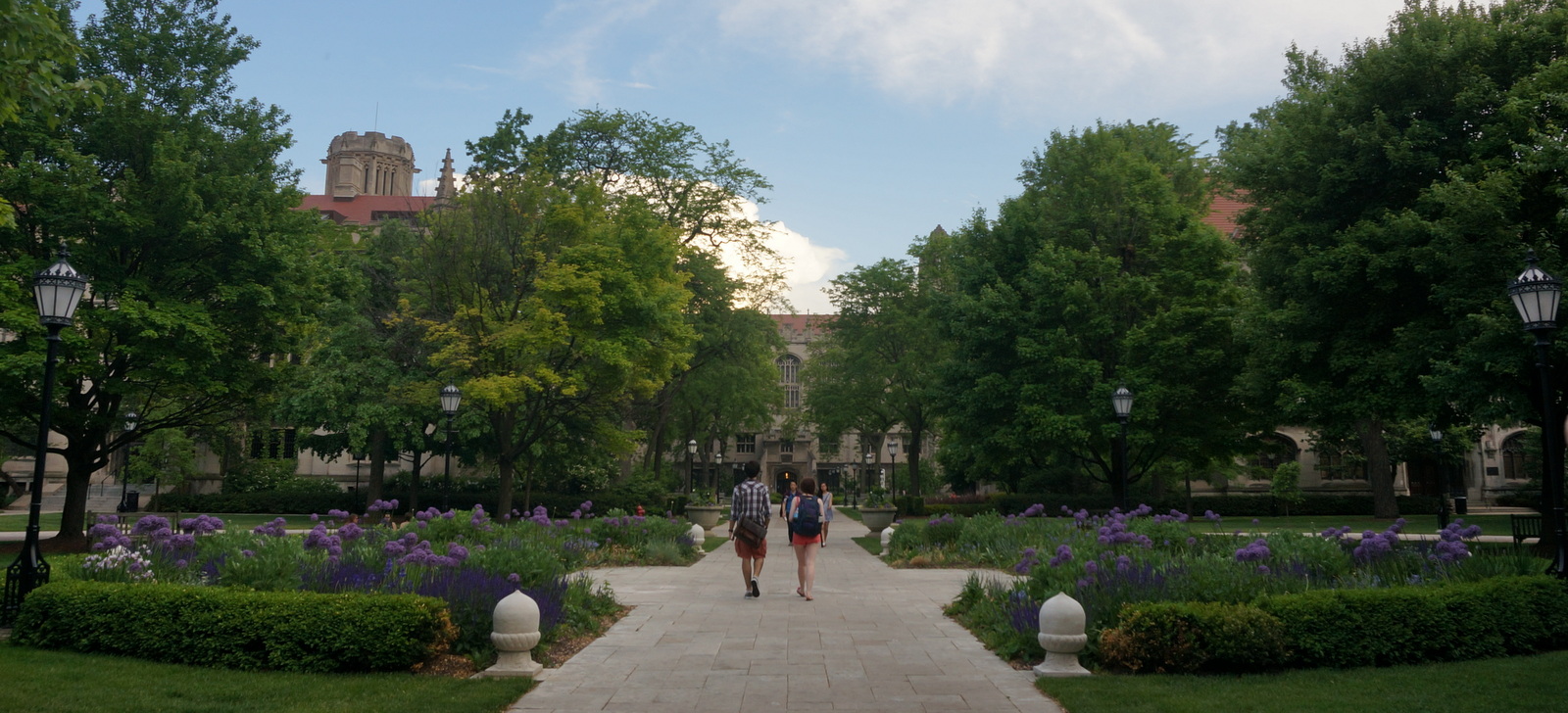Northwestern and Unionizing College Athletes
Throughout much of the early part of 2014, my alma mater has drawn headlines across the collegiate sports landscape for its push toward the unionization of college athletes. Former quarterback Kain Colter became the unofficial leader of this move by Northwestern athletes, validated by Chicago’s National Labor Relations Board, to officially recognize their status as employees of the university.
Northwestern has fought back. From former president Henry Bienen to head football coach Pat Fitzgerald, the authority figures at Northwestern University encouraged football players to vote against unionization on the April 25th vote. (The results will not be made public for some time.)
There are numerous serious questions at hand here. On one side, yes, it’s clearly unfair that athletes spend far more than the 20-hour per week maximum set forth by the NCAA and risk—and often suffer—life altering injuries all while generating enormous revenue for a university and are compensated with only a scholarship.
Now, at Northwestern and peer schools like Stanford and Duke, a full scholarship is worth around $60,000 annually. That’s no small amount of money. But what about future medical bills and medical conditions that result from injuries suffered as a collegiate athlete? Especially with the recent publicity of the long-term effects of concussions, this is a very real, very scary situation—especially for football players. Apparel companies make serious cash through jersey sales, always bearing the number of a few star players from that years’ team (everything but the name), but that player sees no profit from any and all uses of his (sometimes her, but still usually his) likeness.
My last parenthetical reference brings up problems from the other side. If compensation for athletes is tied to the revenue they bring in, what happens to the non-revenue sports? At present, men’s football dominates the money scene, with men’s basketball, the only real competitor, a distant second. What happens to women’s lacrosse, which is the primary sport of which NU alumni can be truly proud? What happens to the wrestling program? The tennis teams? Most women’s sports? Title IX, passed in 1972, was a triumph for the women’s rights movement and applies in NCAA athletics by requiring equal resources and scholarship money to be distributed among men and women. The gains in equality here would be put to the test if compensation for college athletes becomes tied to the revenue they bring to the school. Henry Bienen even suggested that places like Northwestern might cease to fund college athletics.
Northwestern Athletic Director Jim Phillips recently shared his opinions with ESPN’s Adam Rittenberg, a classmate of mine and fellow Wildcat, on the problems that have been exposed through the Colter-led union push as well as on the unionization of college athletes. I’ll write more about this pressure from authority figures not to rock the boat in the future, but Phillips at least recognizes the issues illuminated and agrees that changes must be made. I don’t know of a clear answer here, but what I do know is that Colter’s movement has opened eyes to serious problems in the NCAA’s current mode of operation, and I’m proud that Northwestern is the place where this movement began.







